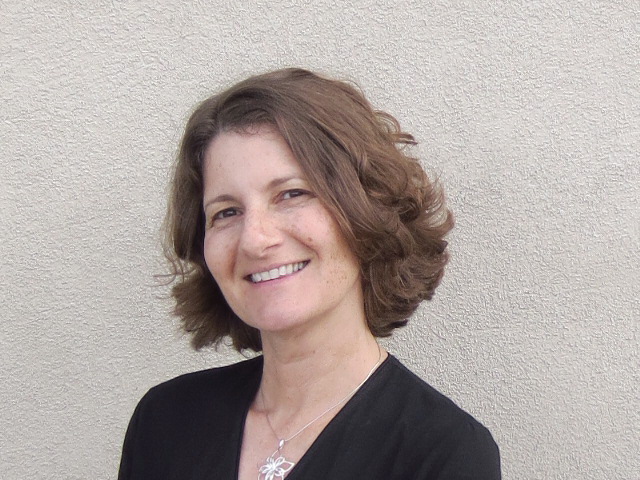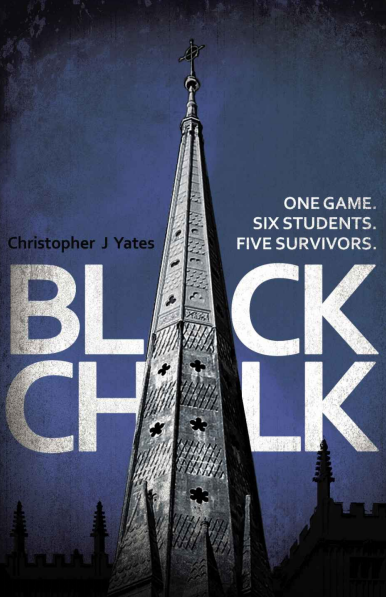What a mother wouldn’t do for her child. Ann Olson takes her life for granted until her young son, Travis, disappears from the backyard one evening. Searching for her son, Ann throws caution to the wind. Soon, she finds herself enmeshed in the seedy world of Mexican drug dealers who operate just across the border in Tijuana. Does Ann, an atheist, embrace Christianity despite her husband warning that her pastor friend is more interested in converting her than in finding Travis? Does she make it out of the drug tunnel alive, or is her rashness her downfall? And is Travis’s disappearance related to that of other recently missing children in San Diego? A story of a mother’s love, courage in the face of evil, and her unexpected journey of self-discovery along the way.
Sufficient ransom is amazing debut novel by new author Sylvia Sarno. Her story takes you on a journey from San Diego to Tijuana as main character Ann tries desperately to find her kidnapped son. The characters were very well thought out and developed and each person plays a significant role in the story. You won’t know who the good guys and bad guys are until the very end. As the main character Ann was quite annoying at times. She kept jumping to conclusions and being impulsive which lead to her ending up in life threatening situations on multiple occasions. However, as the story progresses she learns a lot about herself and her worth as mother. She leaned to trust herself and grows significantly by the end of the book. The author also injected an internal struggle of faith within Ann. She is torn between sticking to being an atheist or exploring the comfort christianity offers her. Religion and drug trafficking are intricately and brilliantly woven together and build into an amazing and mind blowing ending! This is an amazing suspense novel that will not disappoint and you will not want to put down. The author has been kind enough to grant me an interview and provide some more insight about the book.

1. How did you come up with the title?
Since the story is about a kidnapping, the word “ransom” seemed like a natural choice to include in the title. When a friend suggested I look to Shakespeare for inspiration, I came up with the expression “sufficient ransom” from Two Gentlemen of Verona. In Shakespeare’s context, the term refers to an offer of sorrow for a misdeed. This meaning fit well with Ann’s guilt feelings as a mother. When I discovered that “sufficient ransom” is also a term from the bible, I knew I had a winner. “Sufficient ransom” addressed all the main points of the book: the kidnapping, a mother’s guilt, and the religious theme. And it was only two words, giving me a nice short title.
2. How much of the book is realistic?
Unfortunately, events similar to those in Sufficient Ransom have happened. But I can’t go into detail without giving too much away. A veteran crime investigator I consulted when I was doing research told me that if his child were kidnapped he would have taken matters into his own hands the way Ann did; and he would have gone to Mexico if necessary. Regarding the drug smuggling tunnel that Ann discovers on the border, more than one hundred tunnels have been discovered in recent years both on the San Diego side and the Tijuana side.
3. If you had to do it all over again, is there anything you would change about the book?
I’m happy with the final product. What I would have changed, which would have saved me a lot of time, is the approach I took to writing it.
4. How did the idea for the cover come about?
The book cover was definitely a collaborative effort. I had read a lot about what makes for a good book cover, but didn’t know what would make my cover good. My website designer, Susan Gilbert, referred me to Alexander von Ness of Nessgraphica. In looking at samples of his work, I knew right away I wanted him to do my cover. With each variant of the cover that Alexander designed for me (he did about 12 different ones) I learned more about what would work for my story. My book club friends—a group of very literary women—were invaluable in this. For most of the mock-ups Alexander did, they told me what they liked and didn’t like. Hearing their astute feedback, I finally honed in on the idea that I wanted a child on the cover with a partially hidden face.
5. What were the challenges (research, literary, psychological, and logistical) in bringing it to life?
The biggest challenge I faced in writing Sufficient Ransom, was that I really didn’t know what I was doing when I started it. But I didn’t know that I didn’t know. In the beginning, I did all the textbook things a writer should do. I researched the world of the story. I wrote journals for each of the characters in their own voices. And I outlined the story in great detail. After I wrote the first draft, I hired a professional novelist, who does editing on the side, to critique the first 100 pages. Her conclusion: I should scrap the story and start over. I agreed with her reasons and took her advice. Keeping the kernel of the idea, I rewrote the entire book. Next, I hired an experienced editor. Her encouragement and interest in the story inspired me to revise the story even more. The more I revised, the more I learned about the craft of writing. After a few more major edits, I felt I was finally on the right track.
6. What inspired you to write your book?
When I was a child living in Italy, there was much talk about kidnapping. A high-profile kidnapping in Rome in 1973 had set the whole country on edge. Years later, those fearful feelings came back to me and gave me the idea for Sufficient Ransom. Something my husband once mentioned about what he’d just read, gave me the specific angle for the story.
7. Were there any qualities that you shared with the main character?
I have to admit, I’m a little compulsive. But not as bad as Ann! Also, my husband tells me I jump to conclusions more than I should. Like Ann I also love classical-style art.
8. What advice do you have for other writers?
Learn about the craft of writing before and during the process of working on your book. Take classes. Ask your teachers to critique your work. Never take criticism of your work personally; rather, use it to improve your writing.
9. What book do you wish you had written?
Gone With the Wind by Margaret Mitchell. I love that book!
10. Do you read your reviews? Do you respond to them, good or bad? Do you have any advice on how to deal with the bad?
I do read them. The response has been overwhelmingly positive and has made all the work worthwhile. I responded to only two reviews. In the first case, the reader posted that pages were missing from her ebook. I offered to send her an ebook in place of that. She took me up on the offer, read the book, and posted a wonderful review. In the second case, I responded to a reader who was upset about certain parts of the book. I responded that I was sorry she was upset, explaining that I wrote it that way to get people thinking. I respect what readers have to say—good or bad. And I don’t take any of it personally. Going forward, I will take my husband’s advice and not respond to negative reviews.
11. What literary character is most like you?
I had no idea how to answer this question, so I took a quiz on Abebooks.com to see which literary character I am most like. The answer was Galadriel of Lord of the Rings, the one played by Cate Blanchett in the movies.
12. What was your favorite chapter (or part) to write and why?
I especially loved writing the final chapters. First because I was glad to be coming to the end. Second, because they were especially emotional.
13. What has been the toughest criticism given to you as an author? What has been the best compliment?
Toughest criticism: My main character is “somewhat of an idiot.” Admittedly, Ann doesn’t always show the best judgment, but she is willing to try anything if it means finding her son.
The best compliment: “I couldn’t put your book down.” I’ve heard this a lot. Yea!
14. Can you tell us a little bit about yourself?
I live a middle class life in Southern California. I’m a mom and a wife. My family is awesome. They’re fun, funny, and interesting. Education and a love of learning are important to me. I encourage my kids to work hard in school so that they will have as many doors open to them as possible when they get older. Before we had kids, my husband and I traveled and ate out a lot. Our focus now is on our family. It’s a good, busy life.
15. Fruit loops or Frosted Flakes?
I’d have to say Fruit Loops. I like all the colors and the pink-blue milk.
16. Where can we find more about you and your book?
http://www.sylviasarno.com
http://www.sylviasarno.com/20-things-you-didnt-know-about-me/
https://www.facebook.com/SylviaSarnoFiction
https://twitter.com/SylviaSarno
Sufficient ransom can be found at amazon.com.


